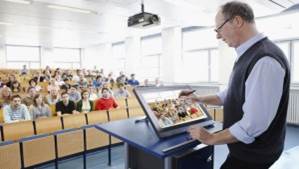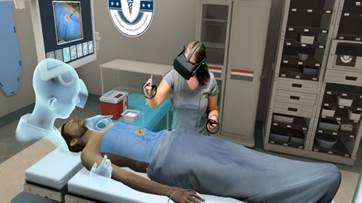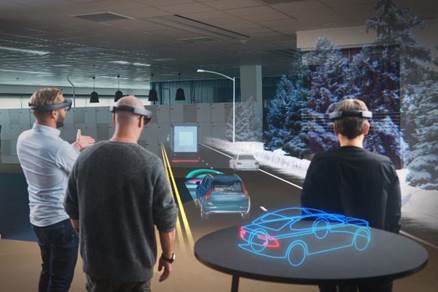Challenges of 4.0 Industrial Revolution and The New Method of Teaching in Classroom
The disciplines will have to be focused to give certain skills and include new contents, classroom will emphasis more in problem solving, critical thinking and innovation so the students became more creatives. The 4.0IR still quit fuzzy and difficult to accurately predict what is actually lies on. However, the new era of modernization of education is focused on 4.0IR areas. Such as: Internet of Things IoT, cloud computing, AR augmented realities, AI artificial Intelligent which are a key component of 4.0IR. The aim of speech in enhancing method of teaching in classroom by using 4.0IR which is enabling to use IoT a majority of the devices are connected to the Internet, additional technology and applications will be integrated into lesson plans and activities as new method for teaching and managing the classroom, The most common IoT devices used in the classroom such as: Interactive whiteboards, Tablets and mobile devices, 3-D printers, Wireless door locks, Attendance tracking systems.., classroom required to have reliable Wi-Fi, teacher training, robust network, bandwidth, network analytics…, With AR, teaching materials allow students immersed in a virtually enhanced world, which encourages students to use their imagination and discover the possibilities of the new world, by learning new things in an interactive way.
Virtual Reality (VR) In Education
AR will soon affect the conventional learning process, and could grant students extra digital information about any subject, and make complex information easier to understand.
AR animated content in classroom lessons could catch students’ attention in dynamic day and age.
AR motivate them to study. Adding extra data, short bio of a person, fun facts, historical data about sites or events, visual 3D models, would give students a wider understanding of topics.
Virtual Reality (VR) In Medicine
The use of VR is already practiced and highly appreciated in the field of medicine
Virtual Reality (VR) In Manufactory
Structure and optimise the location.
Flow of production lines.
Position automation lines, robots, production cells
Operate and handle virtual tools and equipment.
 Industry Revolution The New Future is Here
Industry Revolution The New Future is Here


